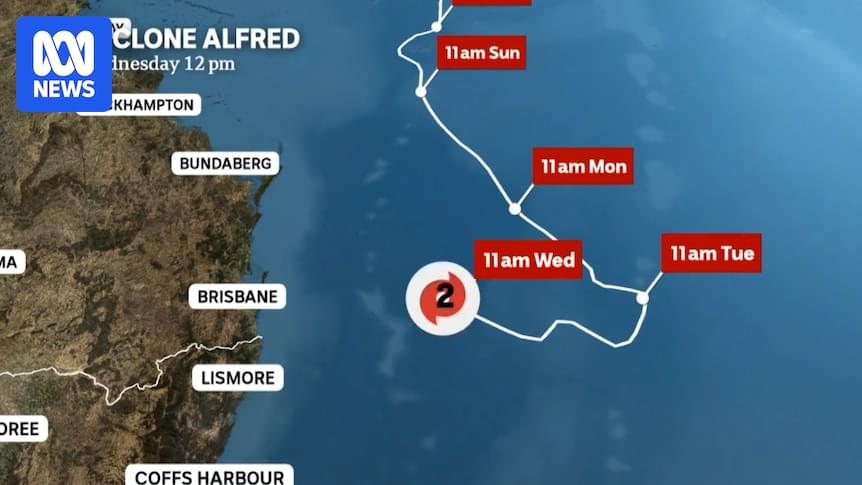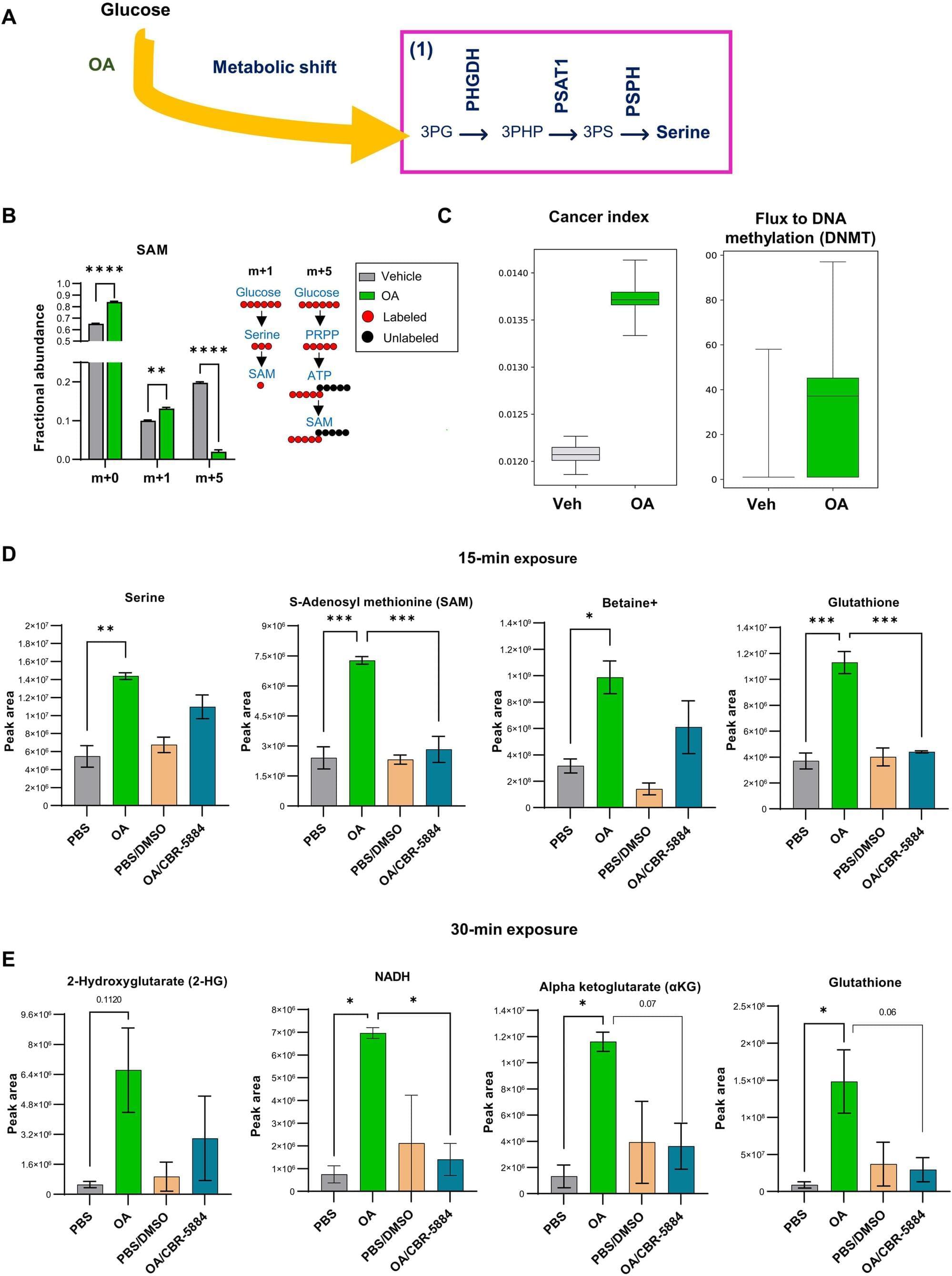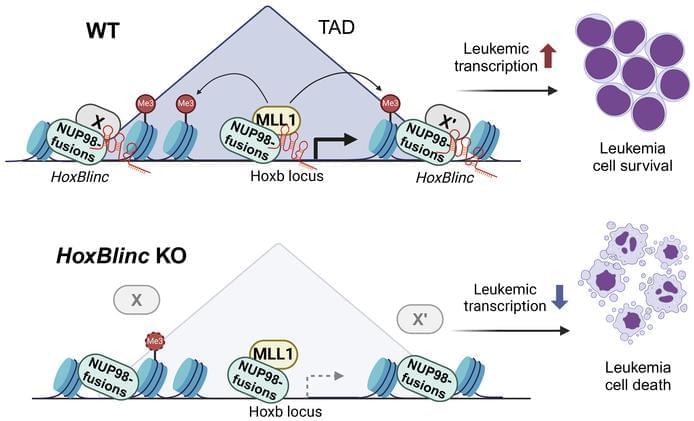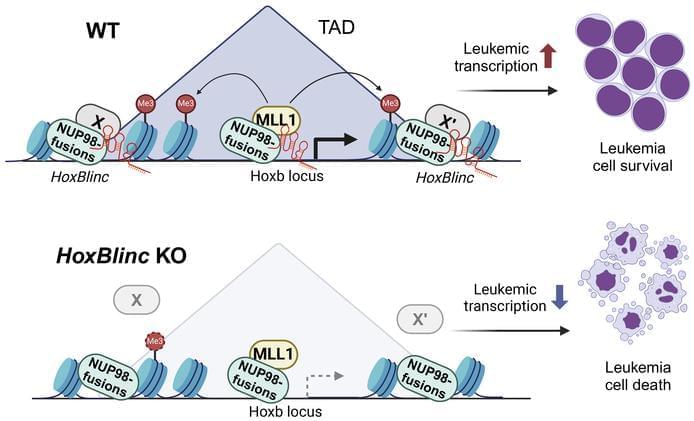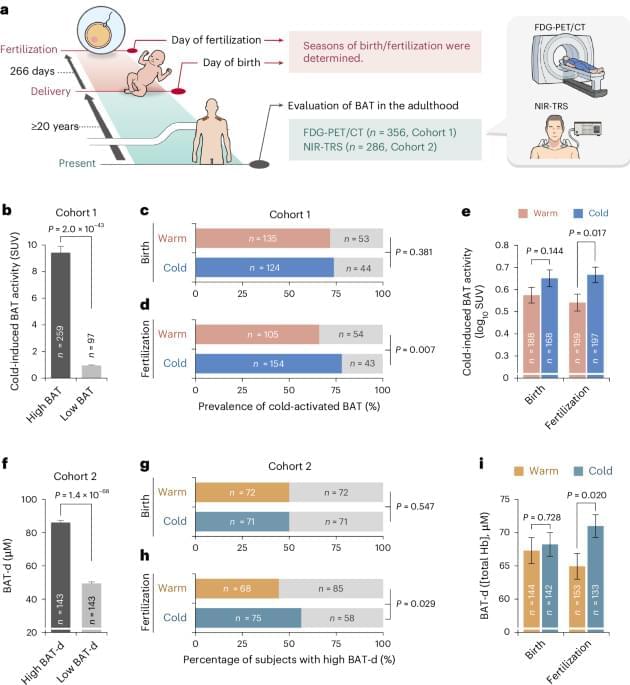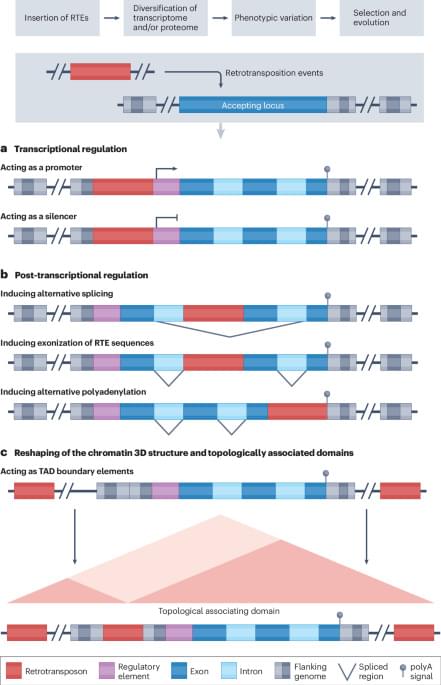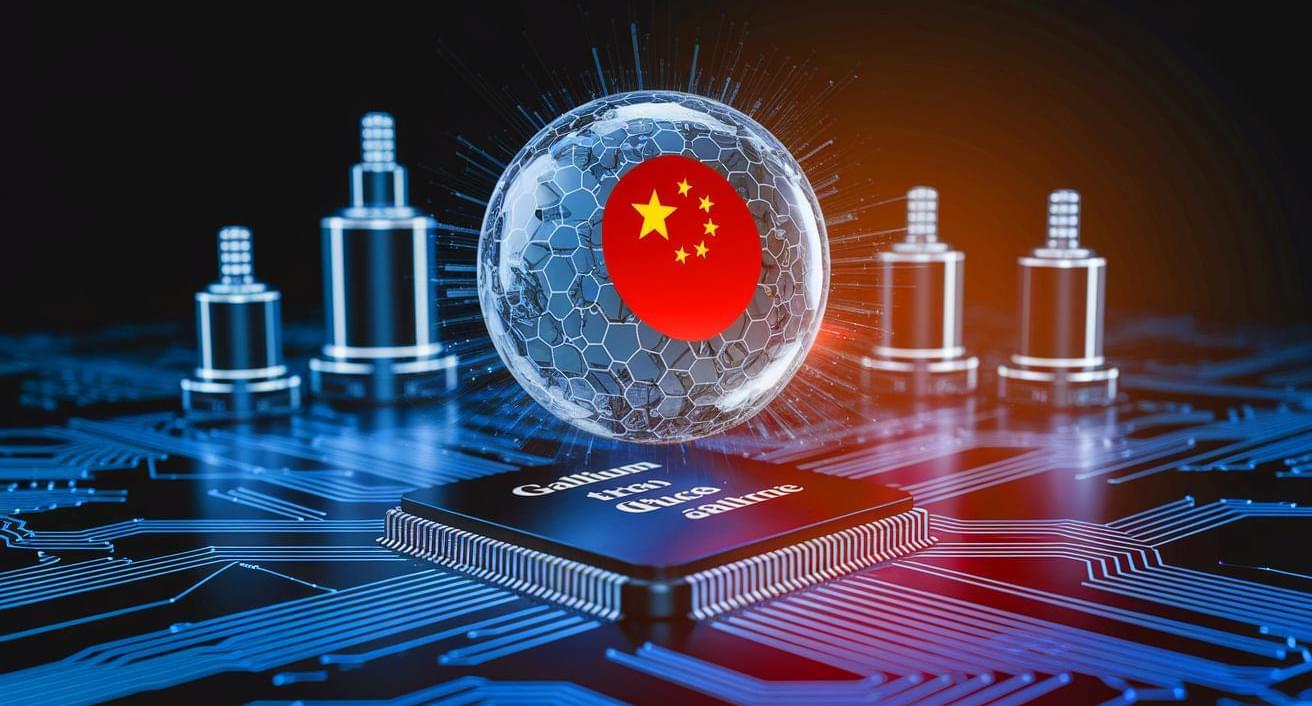A week before Tropical Cyclone Alfred was nearing the east coast of Australia, most forecasts were favouring a path either well offshore or near the central Queensland coast.
There was a curious anomaly though: an AI prediction from Google’s DeepMind, called Graphcast, was predicting the centre of Alfred would be just 200 kilometres off the coast of Brisbane.
That forecast, made 12 days before ex-Tropical Cyclone Alfred crossed the south-east Queensland coast, was far more accurate than leading weather models used by meteorological organisations around the world, including our own Bureau of Meteorology (BOM).
